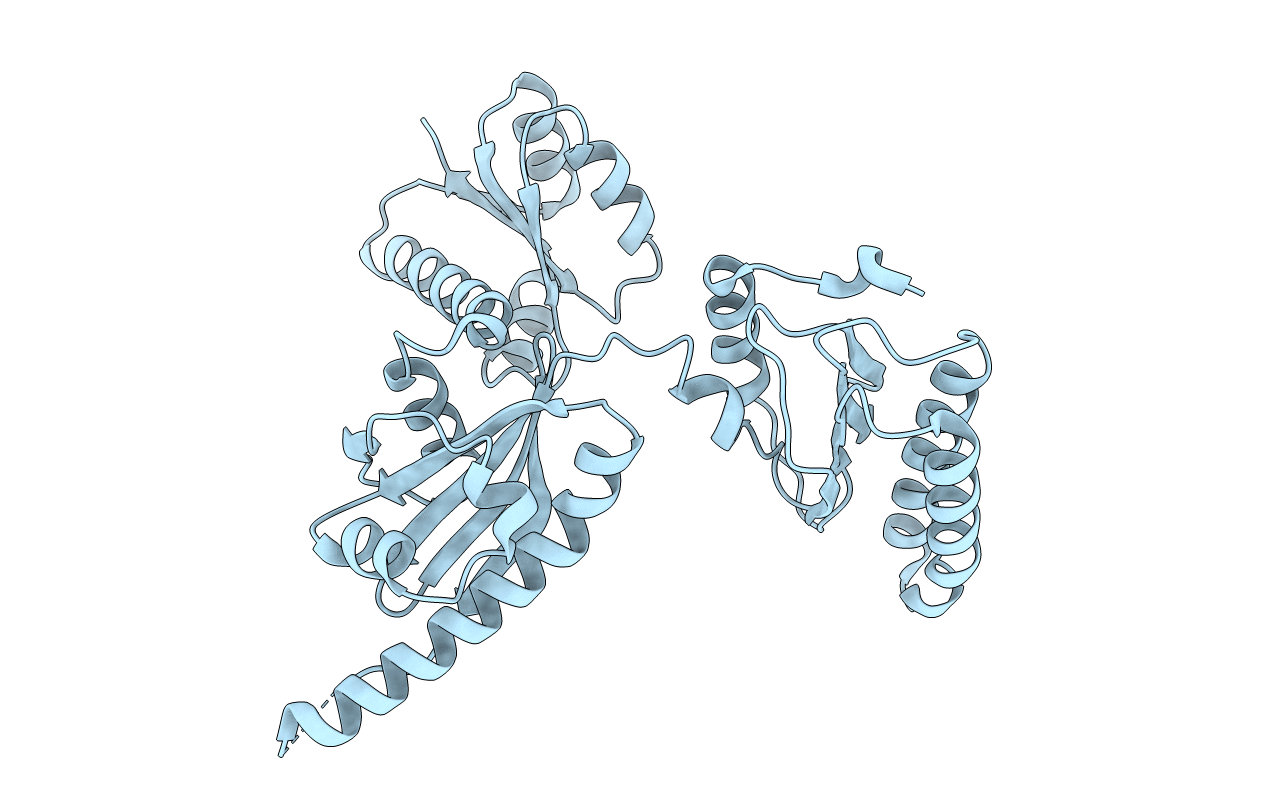
Deposition Date
2010-04-01
Release Date
2010-11-03
Last Version Date
2024-10-30
Entry Detail
PDB ID:
3AGK
Keywords:
Title:
Crystal structure of archaeal translation termination factor, aRF1
Biological Source:
Source Organism:
Aeropyrum pernix (Taxon ID: 56636)
Host Organism:
Method Details:
Experimental Method:
Resolution:
2.10 Å
R-Value Free:
0.26
R-Value Work:
0.20
R-Value Observed:
0.21
Space Group:
P 21 21 21


